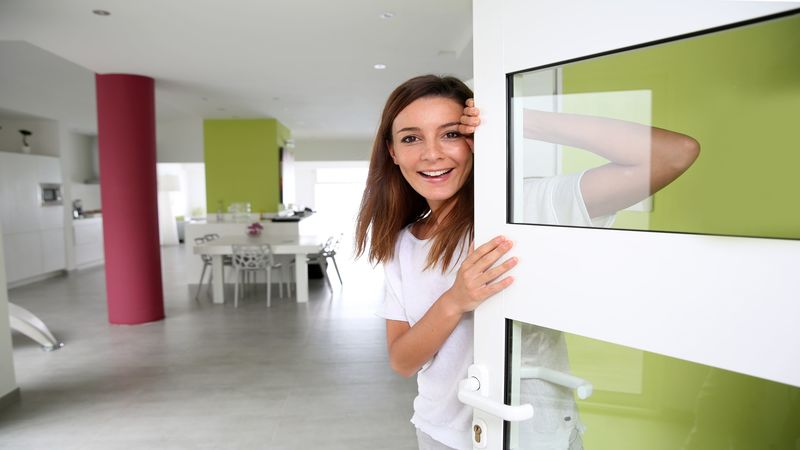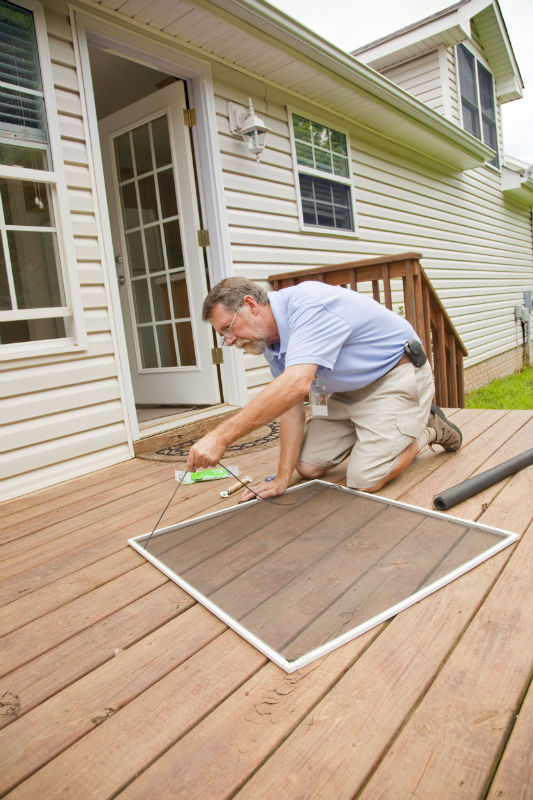Interior doors can be defined as any doors located within a residential or commercial property that does not lead to the outdoors. The function they serve is to separate space or rooms. Similar to exterior doors, interior doors can make an impression as well. They can easily add character to the inside of the home that matches the personal preferences of the homeowner. Many different interior doors can be utilized to create a comforting atmosphere. Different types of interior doors that do not lead to outside access generally include office, closet, bathroom, and bedroom doors.
Taking the Initial Count
If it is time to remodel the home, or build one for that matter, it is important to know how many interior doors will be needed and what specific types before going to the specialty door shop or interior doors provider. Knowing the primary function of each door is good, because there are many options of interior doors to choose from. One does not want to make the door buying process harder than it needs to be; this also goes for door repairs. It is suggested to get the proper dimensions of the interior doors before making a purchase, to avoid any questions as to which interior doors are going to be the proper size.
Genres of Interior Doors
There are many different varieties of interior doors, all of which can be made of different materials and have different characteristics. Following, you will find a quick rundown on the genres that would be available:
- Passage doors
- Louver doors
- Sliding doors
- Bi-fold doors
- French doors
- Pocket doors
Construction of Interior Doors
Once the decision has been made about the type of interior doors to be purchased, it is important to decide how exactly one would like it to be constructed. The three main ways interior doors can be constructed are:
- Solid wood – the most sturdy of the three, natural sound barriers and easily stainable/refinished
- Hollow core – typically made with hardboard faces encasing a cardboard core; they are functional and lightweight but can be damaged easily
- Solid core – have the same look and feel of the solid wood interior doors, but instead of having a cardboard core, they have a wood filler core
Unless someone is a professional contractor or builder, the difference between the doors does not particularly matter or it won’t be something anyone notices. All of the interior doors are fairly simple to mix and match throughout the home, which can be more cost-effective. If someone is particular about doors, it is good to do some research about all of the different options available. Every door has its own special characteristics and can offer different uses. It is best to just find the ones best suited to one’s lifestyle and family. To know more about Interior doors visit Custom Mouldings Sash & Doors



